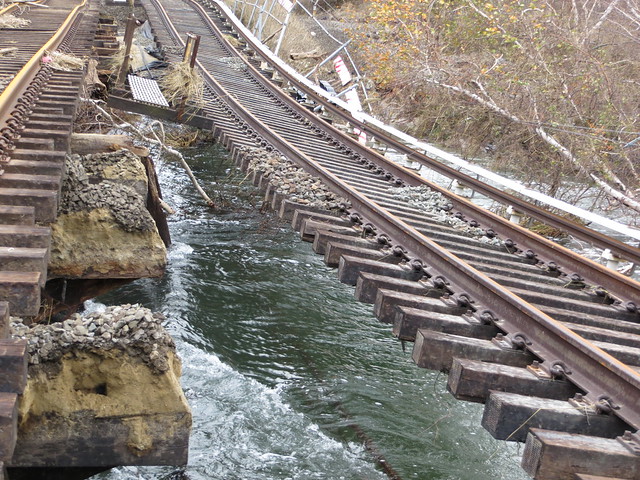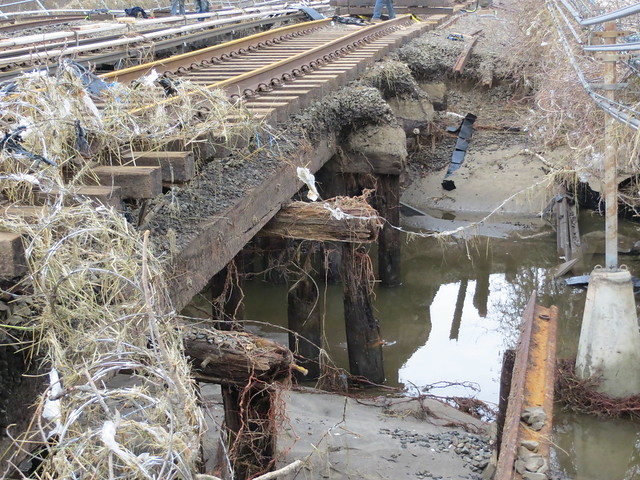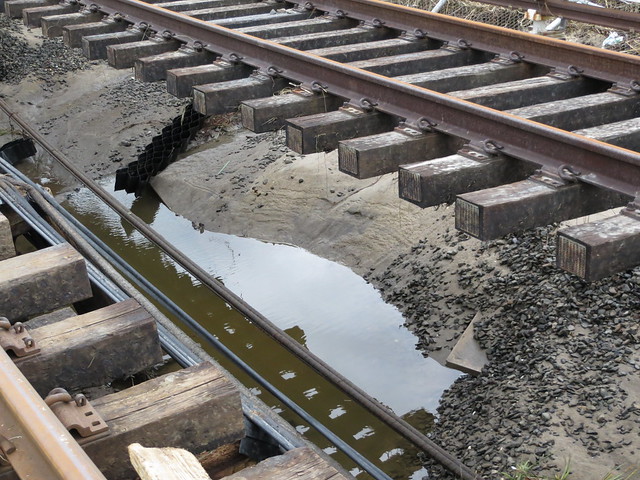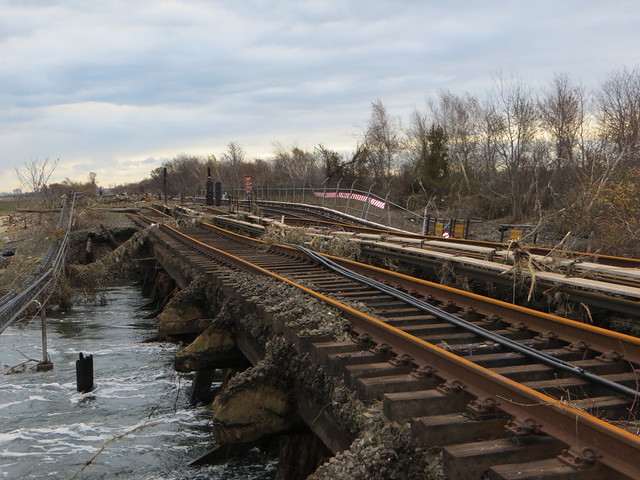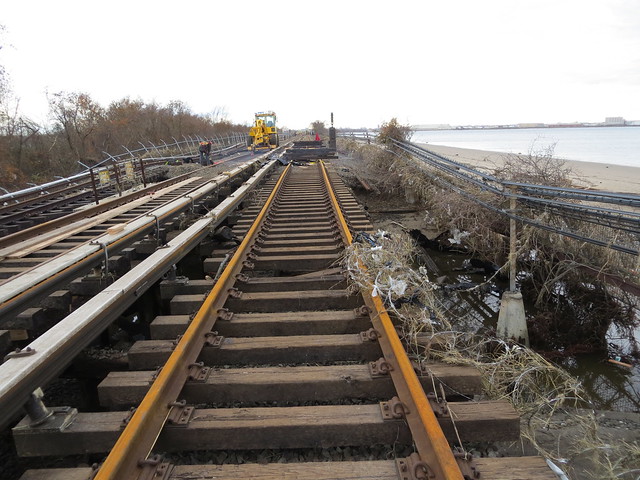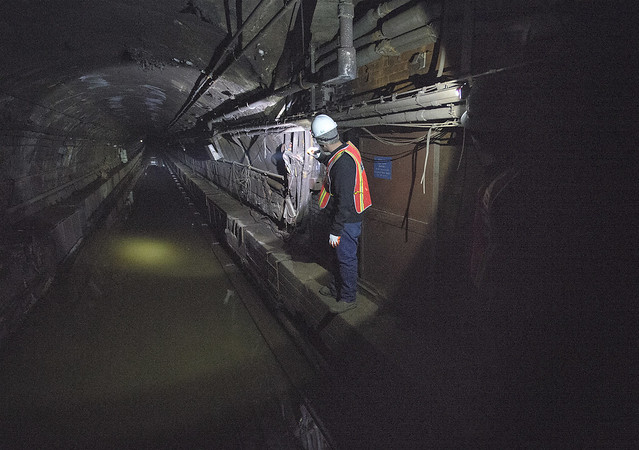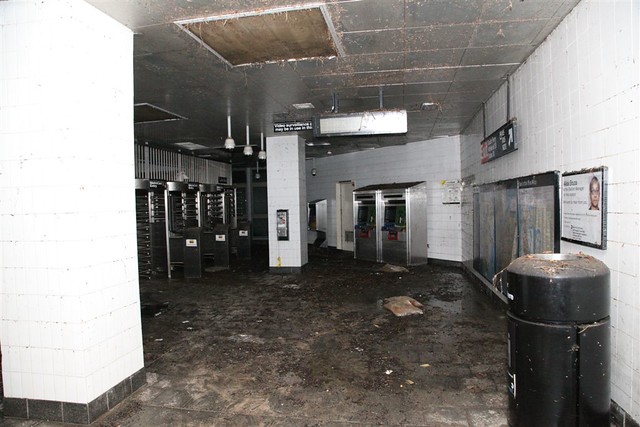 Through the fortunes of good timing, my monthly MetroCard for October expired on Friday, October 26. Despite embarking on a weekend trip to Florida that day, I didn’t plan it that way; it just happened that I wrapped up that 30-day period a few days before Sandy took out the subway. Once the trains in my neck of the woods were largely offline until this past weekend, I didn’t start my next 30-day card until November 4. In fact, I didn’t take the subway again until November 4. Not everyone enjoyed such fortuitous timing.
Through the fortunes of good timing, my monthly MetroCard for October expired on Friday, October 26. Despite embarking on a weekend trip to Florida that day, I didn’t plan it that way; it just happened that I wrapped up that 30-day period a few days before Sandy took out the subway. Once the trains in my neck of the woods were largely offline until this past weekend, I didn’t start my next 30-day card until November 4. In fact, I didn’t take the subway again until November 4. Not everyone enjoyed such fortuitous timing.
On Thursday evening, while swiping through at Times Square, I noticed that the person in front of me hadn’t enjoyed the same luxury. His unlimited ride card was set to expire on November 24 — which means he started it on Thursday, October 25. With Sandy knocking out the subways for a few days last week, he missed time on his unlimited card. With the 30-days cards, time is indeed money as more time equals more swipes and more swipes equals more savings.
This story isn’t unique to the person in front of me. Across the city, cards lost time during the transit outage and subsequent restart. Some people couldn’t use their cards because the trains weren’t running between boroughs; others couldn’t use their cards because the trains simply weren’t running. And in the aftermath of Sandy, one question I keep hearing from subway riders concerns their unlimited ride cards. Will the MTA offer a refund or free time?
I reached out to the MTA for clarity on this issue earlier this week, and so far, the topic is not on their minds. “We haven’t made a decision either way, while we’ve been trying to get the system back,” an MTA spokesman said to me. Compensating MetroCard users for their lost time isn’t on the top of anyone’s to-do list.
But what should we expect going forward? By now — nearly two weeks since the MTA cut the subway system off — it seems unlikely that we’ll enjoy extended time on our cards. The age of the MetroCards leaves them a bit inflexible, and it’s not immediately obvious how the MTA can compensate unlimited card users for a few lost days. Seven-day cards have long since expired, and a good number of 30-day cards were due to do the same during the outage. Only those cards that began their 30-day periods before the hurricane and continue today could even be eligible for any benefits.
Ultimately, losing a few days on those MetroCards is a small price to pay for the hurricane, considering the state of some areas of New York City. So we’ll begrudgingly go without a few free days on the back end, and maybe one day, the technology will allow the MTA to put a pause on unlimited card usage. For now, though, the early 1990s MetroCards offer no such flexibility, and that’s what we have.


